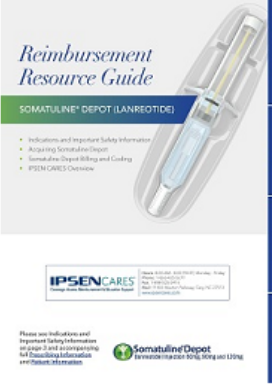Why Lanreotide Syringes Feel Clogged: Causes & Injection Tips
Lanreotide’s thick consistency often makes syringe plungers hard to press, especially if injected too quickly. Learn how viscosity, technique, device issues, and needle checks can prevent clogs and ensure smoother Somatuline Depot administration.
Forward the video to 3:15 mark to view the injection procedure.
Viscosity of Medication
Lanreotide is a thick, viscous medication, which means it naturally requires more force and a slower, steady push to administer. Nurses are advised to inject slowly, sometimes over 20 seconds, and may need to use both hands for consistent pressure. If the plunger is pressed too quickly or without steady pressure, it can feel "stuck," even though it is not technically clogged.
Clogged Needle or Syringe
Occasional reports note that either the medication or the needle can become physically obstructed. This may be more common if the medication is not at room temperature or if there are issues with the needle assembly (e.g., damage or manufacturing defects). Thoroughly checking the syringe and needle before injecting can help reduce this risk.
User Technique
Pressing at the wrong angle, not maintaining a 90-degree injection, or rushing the plunger can result in increased resistance or perceived clogging. The syringe is designed to be injected slowly and steadily; rushing may damage the plunger or increase the sensation of clogging.
Device Defects
Very rarely, issues with the syringe design, manufacturing flaws, or problems with the plunger mechanism can cause true clogs or make the plunger unusually difficult to depress. Redesigned syringes have improved this, but rare defects still occur.
Injection Pad Factors (Less Common)
In a notable study, it was found that specific types of injection pads used for simulation (not real patient injections) could cause clogging events, though this is generally not seen in clinical settings with patient administration.
Related Article

References



